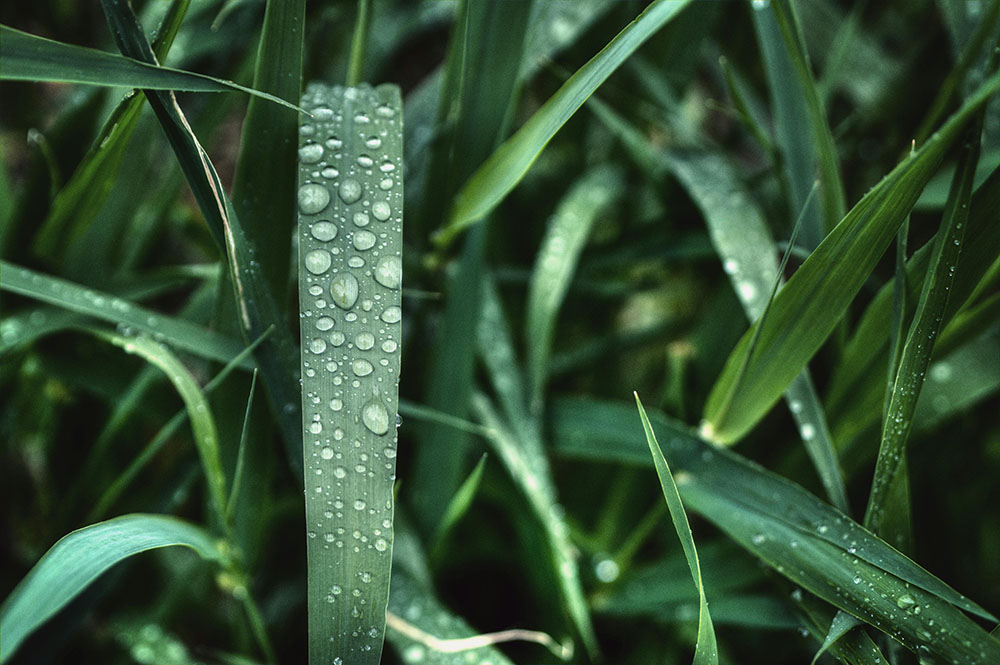Camera resolution refers to the number of pixels that a camera can capture and store in an image, typically measured in megapixels.To illustrate, 10,000 pixels correspond to 1 million individual points of light that together form the final image. A higher camera resolution results in greater detail and improved image quality. For example, when capturing landscapes or human subjects, high resolution allows for better representation of intricate details like leaf textures or architectural embellishments. However, excessively high resolutions can lead to large file sizes that consume more storage space and processing time. This may create challenges during batch shooting and post-editing; therefore, it is essential to consider usage requirements when selecting an appropriate resolution.
Lens resolution serves as a crucial metric for assessing the clarity that a lens can deliver to the camera system, often quantified by line pairs per height (LP/PH) or angular line pairs per millimeter (LP/MM). The design of a lens involves various optical elements, each affecting the resulting image quality. Higher lens resolutions enable sharper and more detailed captures by the camera. In practical scenarios such as photographing sports events or fast-moving subjects, high-quality lenses effectively reduce motion blur and improve capture success rates. Furthermore, factors such as light transmission efficiency, chromatic aberration management, reflection control measures including anti-reflective coatings are integral components influencing overall optical performance.
The interaction between cameras and lenses is significant; they depend on one another to determine overall image quality. A camera’s ability to record information relies entirely on what is transmitted from its attached lens; thus its maximum potential cannot exceed what this lens provides.
Therefore, when acquiring photographic equipment it’s important to ensure compatibility for optimal performance outcomes. When choosing high-resolution gear it’s vital not just to focus on one’s own equipment specifications but also on how well-suited their accompanying lenses are in order to enhance overall system effectiveness. Additionally, even newly designed lenses boasting excellent optics with nominally high resolutions require compatible cameras capable of fully leveraging these benefits so every shutter press captures realistic depth in character images or natural scenes.
In conclusion—whether engaged in professional photography or casual use—a comparative evaluation of different brands’ features will aid users in making informed choices which ultimately enriches their photography experience while achieving desirable results.
Post time: Oct-18-2024






